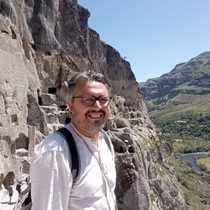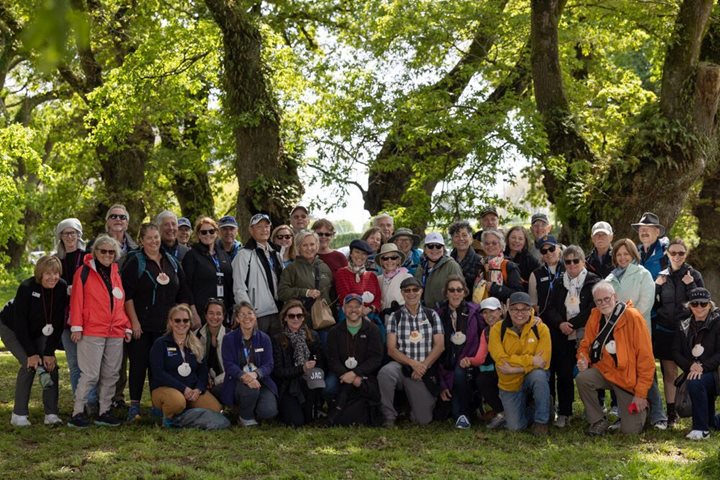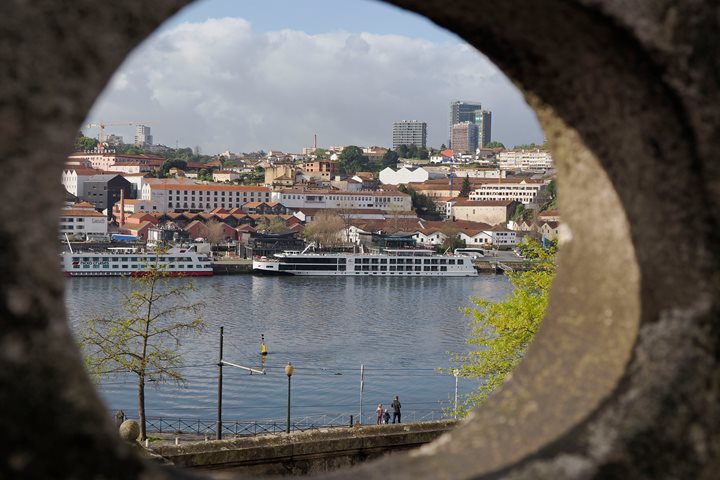National Geographic Orion crossed the narrow channel of the port of St. Jean de Luz at sunrise, with the first light of the morning shining over the same rock formations selected by Game of Thrones creators as the setting for Dragonstone. Once moored on the center of the Bay, National Geographic Orion launched five Zodiacs to send our guests ashore. Soon our guests were walking across St Jean de Luz marina, watching local fisherman unloading seaweeds for the costumed industry. Some of our passengers remained on St. Jean to discover the heritage of the place where the Sun King, Louis the XIVth, the most powerful monarch of his time, married a Spanish infanta (the daughter of the Spanish King), probably creating the seed of the first global war of history. Some other passengers boarded a couple of buses and headed to Biarritz, a lazy fishing village that became an international coastal resort when Napoleon the Third chose this spot of the Basque Coast as the place to build his summer villa. Soon, some of the wealthiest noble families of Europe copied the Emperor of the French and built their own homes close to the imperial one.
Back on National Geographic Orion we repositioned to Pto. Pasaia, the first harbour in Spain and the nearest to the elegant city of San Sebastian. Pto. Pasaia is one of the best natural harbours in the area. A narrow water channel surrounded by cliffs, it opens into a kind of branching natural fjord with a beautiful fishing village on one side and a busy industrial harbour on the other. We boarded our coaches soon after the arrival National Geographic Orion and headed to San Sebastian to spend the rest of the day. First we drove to Monte Igueldo, one of the two hills overlooking the Bay of La Concha, literally “the shell” because of its shape. There, from the lookout erected around an old amusement park that houses a rollercoaster from 1912 (one of the oldest still operating in the world), we enjoyed a scenic view of the Bay, the seafront of what is now the wealthiest city in Spain. Summer capital of the Spanish XIXth century Queens, San Sebastian has preserved its royal atmosphere and elegance, and has avoided the speculative building fever that destroyed most of the Spanish coastal towns and cities during the XXth century.
After a short walking tour in the old city next to Mont Urgull, and some free time to navigate the pintxos bars of the area, we again boarded our coaches and headed towards a cider house. Usually opened only during the cider production season (November to April), these sites are the preferred social meeting point for the Basques. They serve food, but the cider is the reason everybody goes there. Next to the dining rooms, in the cellars, there are huge barrels containing thousands of liters of cider. Thirsty consumers can freely go there, open the taps on the barrels, fill their glasses and drink as much as they can. The procedure, however, has to be done properly and following the tradition. In order to announce the next round, someone takes the lead and shouts “txotx!” Then everybody follows him to the cellar and they form a queue, glasses in hand and ready. When the leader opens the tap, the barrel projects a jet of cider that has to be caught by the glasses.
After the dinner, a musical event was awaiting for us in the cider house. Kepa Junquera, the most renowned traditional Basque music performer, offered us an amazing concert with old and new songs from his repertoire. With the support of four female dancers and performers he presented an exciting Basque traditional music experience that became one of the highlights of our trip.







